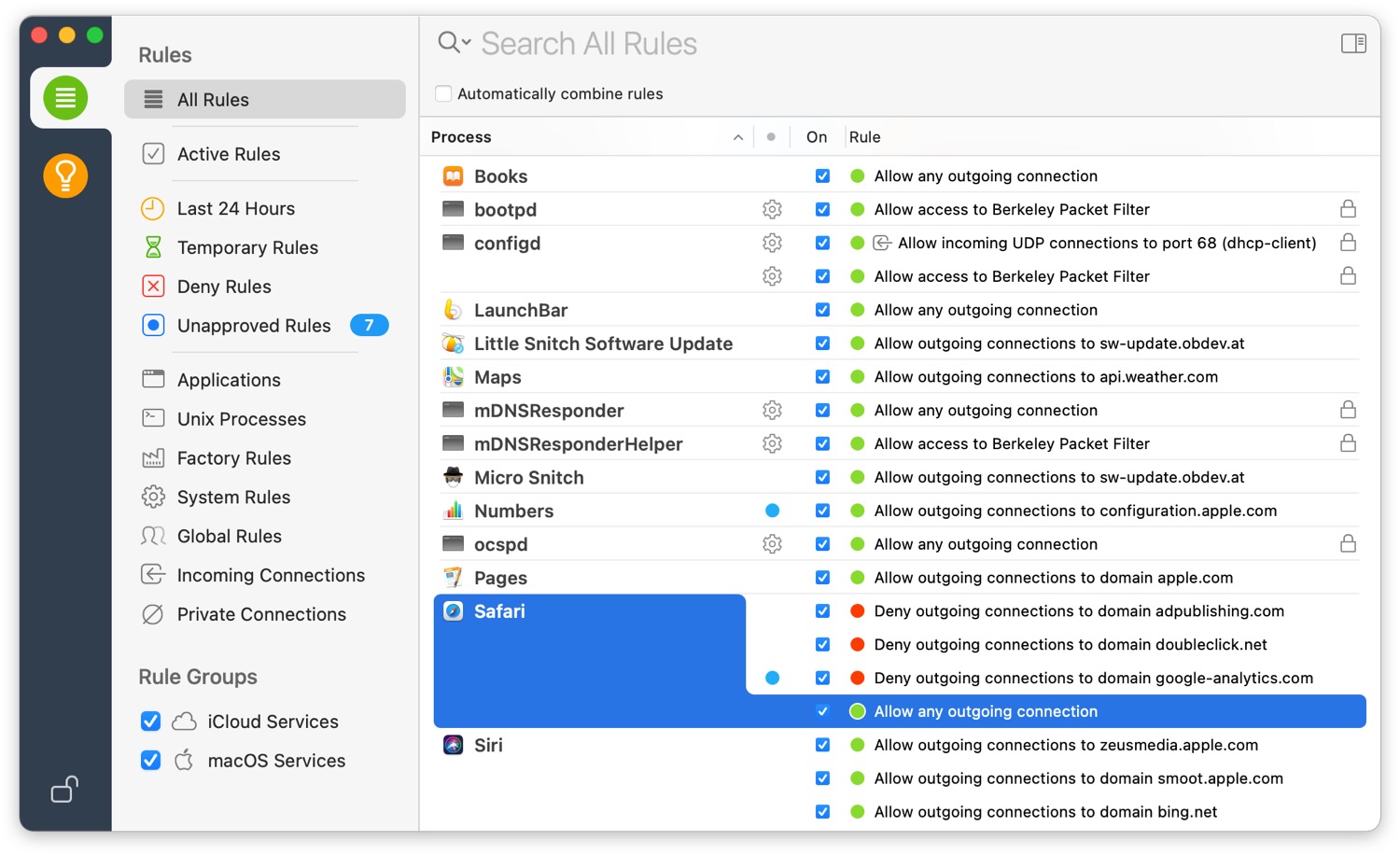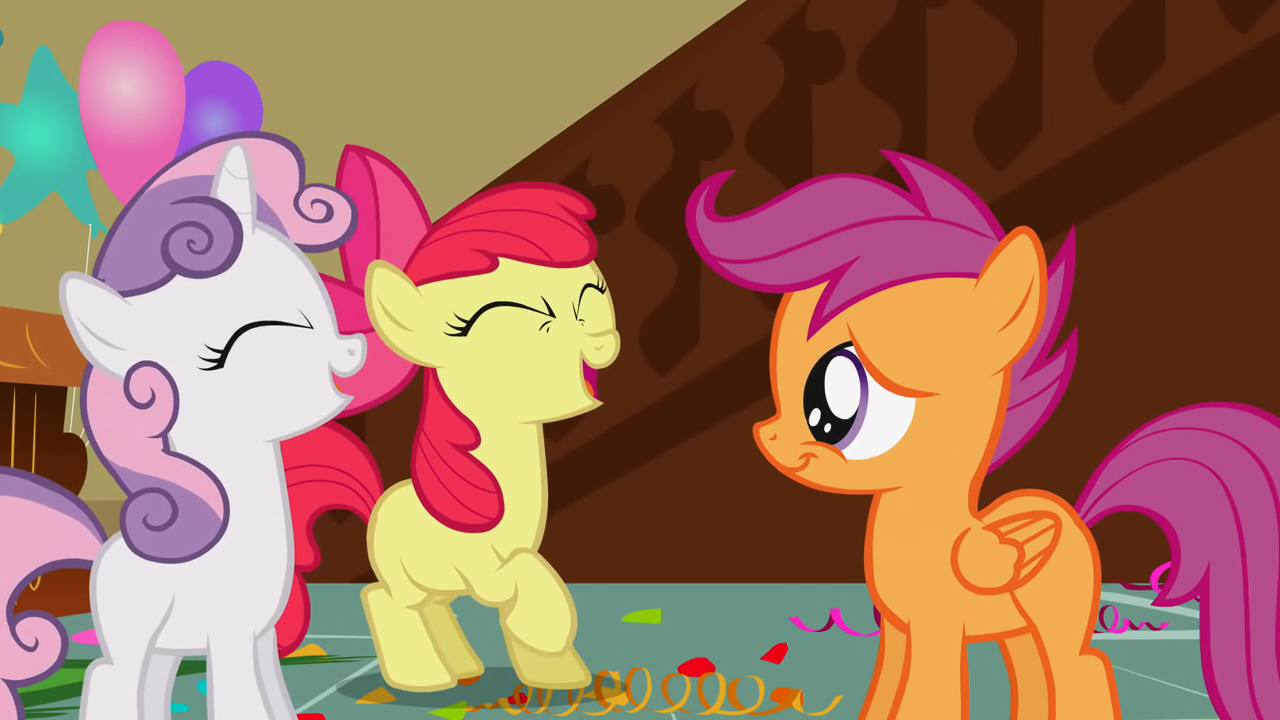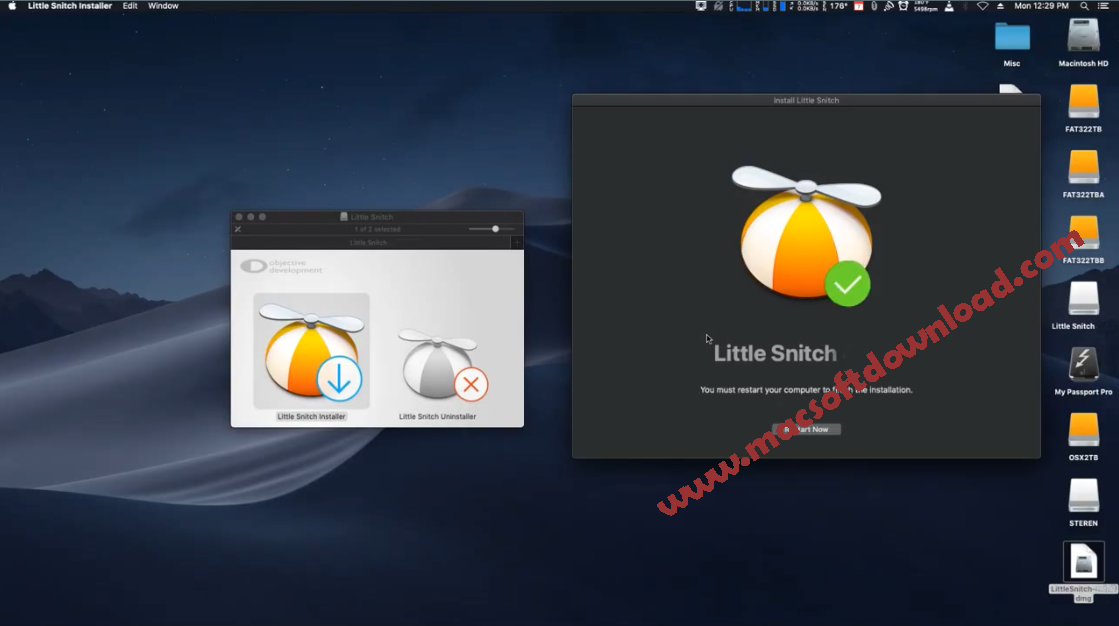
If you don’t have the disk image at hand, you can always download the current version from our website.

dmg disk image file, next to the Installer.

Little Snitch’s background processes notice this and automatically start the uninstaller that is located in /Library/Little Snitch/Little Snitch Uninstaller.app.Īlternatively, the Little Snitch Uninstaller can be found in the Little Snitch. The easiest way to open the Little Snitch Uninstaller is to drag Little Snitch Configuration from the Applications folder to the trash. Instead, Little Snitch Uninstaller must be run. It is therefore not sufficient to just remove all of Little Snitch’s application bundles. In order to perform its duty, Little Snitch needs to add components to a very low level of the operating system, which also need to be registered and unregistered with the system. To avoid encountering this problem altogether, you can exclude those files from your backup task.ĬCC does not delete files from the destination that are excluded from the backup task, so be sure to remove those items from your destination if you have already established your backup.For instructions how to uninstall Little Snitch 5, see here. While that method works fine for cases in which you plan to reboot from the backup volume, you're potentially in a lurch if you have an unplanned incident, e.g. Once rebooted, reinstall Little Snitch to regain the application firewall and all is well. If you rely on VNC screen sharing to access the system, you will be unable to access the system to accept the current version of the Little Snitch ruleset.Īccording to ObDev developers, you can avoid this logistical lockout by removing the following two items from your backup volume before rebooting from it: While Little Snitch is reporting that the ruleset doesn't match, it's also preventing network connectivity to and from the server.

you have a server in a colocation facility, there is a logistical challenge. In cases where you do not have physical access to the system, e.g. In cases where you have physical access to your computer while booting from the backup, the solution is straightforward - simply click the button to use the current rule set and everything behaves as normal. This sort of mechanism makes it impossible for Little Snitch to use the ruleset on the booted backup volume without physical intervention from a user at the system (thus the dialog asking if it's OK to use the current version of rules or to use a default ruleset).

Little Snitch therefore has numerous mechanisms to detect whether it is using the exact same ruleset file, as in, on the same volume and at the same physical address on that disk. According to ObDev developers, it is crucial for Little Snitch to avoid unnoticed ruleset changes.


 0 kommentar(er)
0 kommentar(er)
